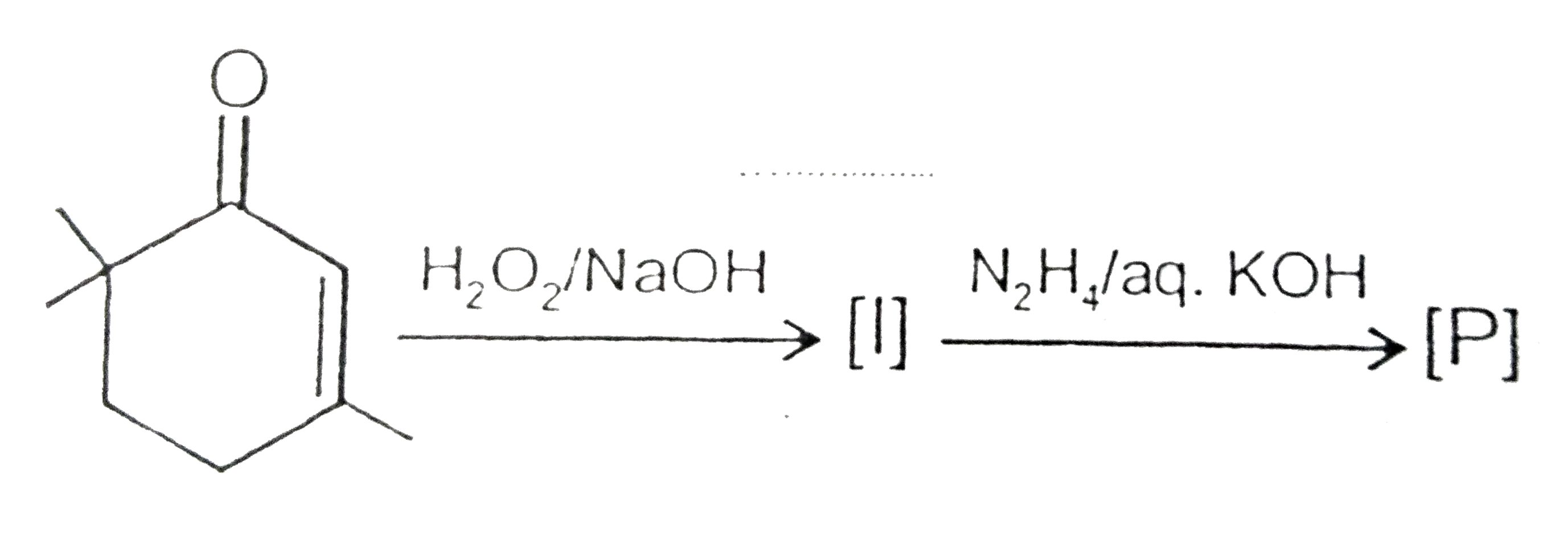The following deutruim reactions and corresponding raction energies are found to occur. S
0.5eV
0.5MeV
0.05MeV
0.05eV
The correct Answer is:c
To solve the problem, we need to analyze the given reactions and calculate the Q-value for the reaction 11B+α→14N+n+Q. Let's break it down step by step.
Step 1: Write down the given reactions and their Q-values.
1. 14N+D→15N+p with Q=8.53MeV
2. 15N+D→13C+α with Q=7.58MeV
3. 13C+D→11B+α with Q=5.16MeV
Step 2: Combine the reactions.
We will add the three reactions together to eliminate intermediate products and find the overall reaction.
- Adding the left-hand sides:
14N+D+15N+D+13C+D
This simplifies to:
14N+3D
- Adding the right-hand sides:
15N+p+13C+α+11B+α
This simplifies to:
11B+2α+p
Step 3: Write the overall reaction.
The overall reaction becomes:
14N+3D→11B+2α+p+(8.53+7.58+5.16)MeV
Calculating the total Q-value:
Q=8.53+7.58+5.16=21.27MeV
Step 4: Rearrange the reaction for the desired form.
We want to express the reaction as:
11B+α→14N+n+Q
From the previous step, we can rearrange:
11B+α→14N+n+Q
Step 5: Calculate the Q-value for the desired reaction.
To find the Q-value for the reaction 11B+α→14N+n, we can use the mass-energy equivalence and the previously calculated Q-values.
Using the relationship:
Q=mass difference×931MeV/amu
We can express the Q-value as:
Q=mass of 11B+mass of α−mass of 14N−mass of n−21.27MeV
Step 6: Substitute the known masses.
Using the known masses:
- Mass of 11B=11.009amu
- Mass of α=4.0026amu
- Mass of 14N=14.003amu
- Mass of n=1.0087amu
Substituting these values into the equation:
Q=(11.009+4.0026)−(14.003+1.0087)−21.27
Step 7: Calculate the final Q-value.
Calculating the above expression:
Q=(15.0116)−(15.0117)−21.27
Q=−0.0001−21.27
Q=−21.2701MeV
Conclusion
The Q-value for the reaction 11B+α→14N+n+Q is approximately 0.05MeV (after considering the negative sign).
2. 15N+D→13C+α with Q=7.58MeV
3. 13C+D→11B+α with Q=5.16MeV
14N+D+15N+D+13C+D
This simplifies to:
14N+3D
15N+p+13C+α+11B+α
This simplifies to:
11B+2α+p
14N+3D→11B+2α+p+(8.53+7.58+5.16)MeV
Calculating the total Q-value:
Q=8.53+7.58+5.16=21.27MeV
11B+α→14N+n+Q
11B+α→14N+n+Q
Q=mass difference×931MeV/amu
Q=mass of 11B+mass of α−mass of 14N−mass of n−21.27MeV
- Mass of 11B=11.009amu
- Mass of α=4.0026amu
- Mass of 14N=14.003amu
- Mass of n=1.0087amu
Q=(11.009+4.0026)−(14.003+1.0087)−21.27
Q=(15.0116)−(15.0117)−21.27
Q=−0.0001−21.27
Q=−21.2701MeV
Topper's Solved these Questions
- BOOK - CENGAGE PHYSICS ENGLISHCHAPTER - NUCLEAR PHYSICSEXERCISE - Linked Comprehension29videos
NUCLEAR PHYSICS
- BOOK - CENGAGE PHYSICS ENGLISHCHAPTER - NUCLEAR PHYSICSEXERCISE - Integer6videos
NUCLEAR PHYSICS
- BOOK - CENGAGE PHYSICS ENGLISHCHAPTER - NUCLEAR PHYSICSEXERCISE - Subjective35videos
NUCLEAR PHYSICS
- BOOK - CENGAGE PHYSICS ENGLISHCHAPTER - MISCELLANEOUS VOLUME 5EXERCISE - Integer12videos
MISCELLANEOUS VOLUME 5
- BOOK - CENGAGE PHYSICS ENGLISHCHAPTER - PHOTOELECTRIC EFFECTEXERCISE - Integer Type4videos
PHOTOELECTRIC EFFECT
Similar Questions
Knowledge Check
- Question 1 - Select One
The reaction least likely to occur is :
AC6H5+HNO3H2SO4−−−→C6H5NO2BC6H6+H2SO4→C6H5SO3HCC6H6+Br2Fe−−→C6H5BrDC6H6+Cl2UV−−→lightC6H5Cl
Which of the following reaction(s) occurs during calcination?
View SolutionConsider the following sequence of reactions:

Intermediate [I] and corresponding major product [P] in the given reactions areView Solution1 erg of energy corresponds to
View SolutionThe following is (are) endothermic reaction(s):
View SolutionThe disproportionation reaction (s) among the following reactions is /are
View SolutionIn the following reactions, the product S is
 View Solution
View SolutionWhich of the following reactions does not occur during calcination?
View Solution

